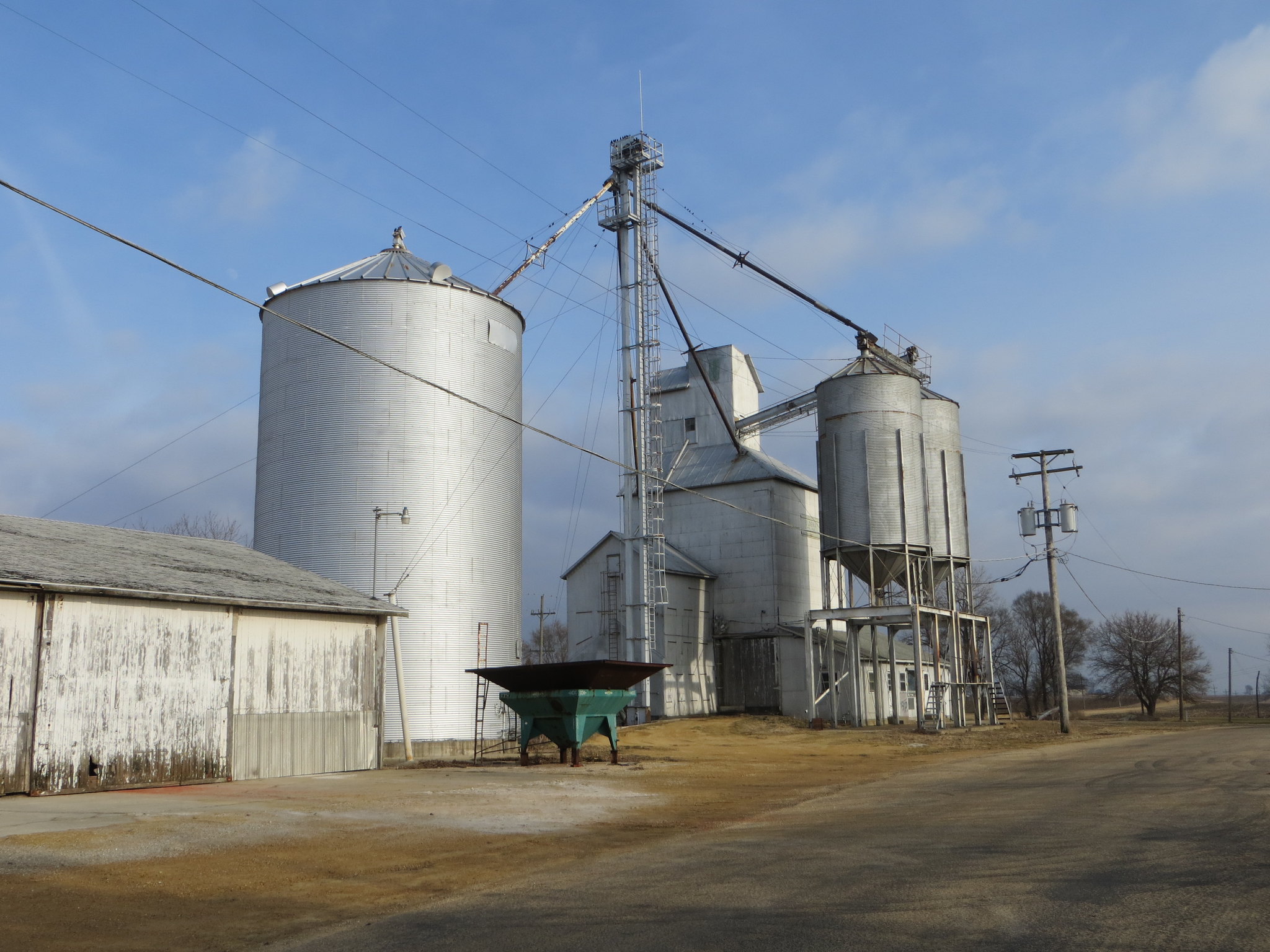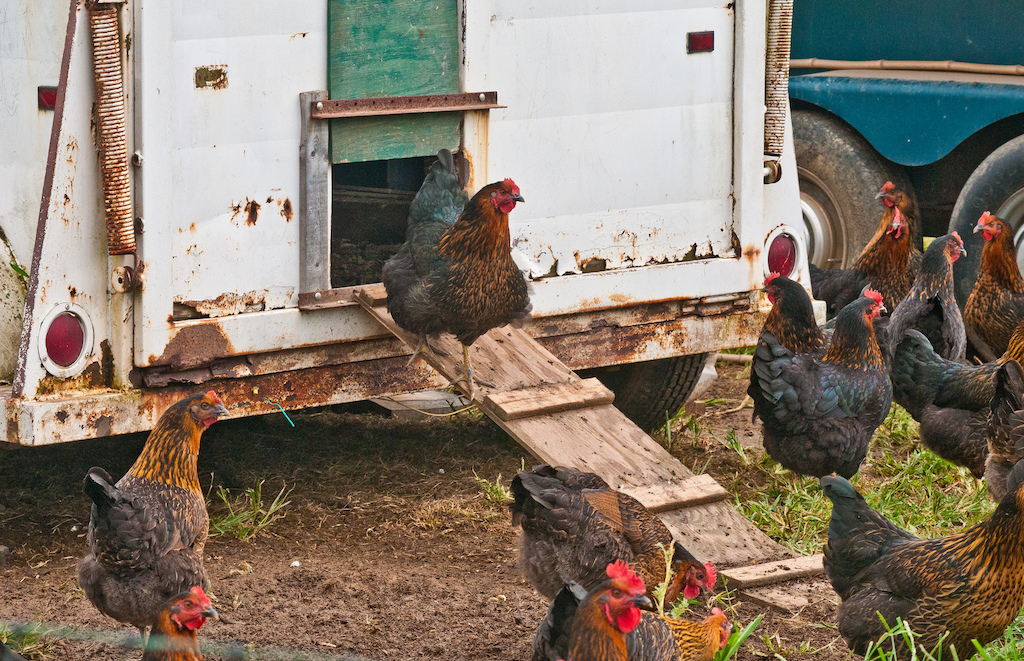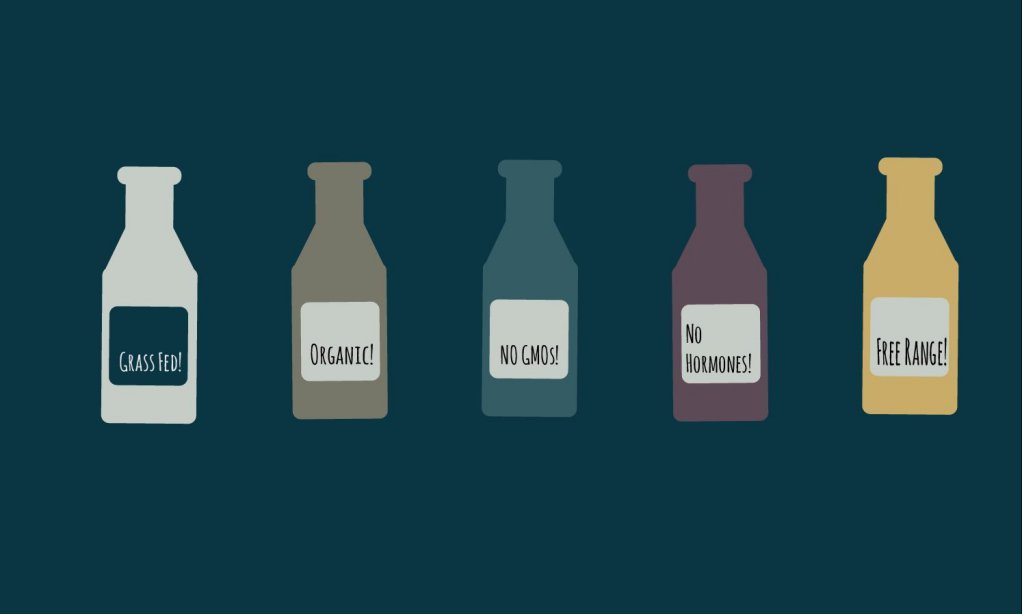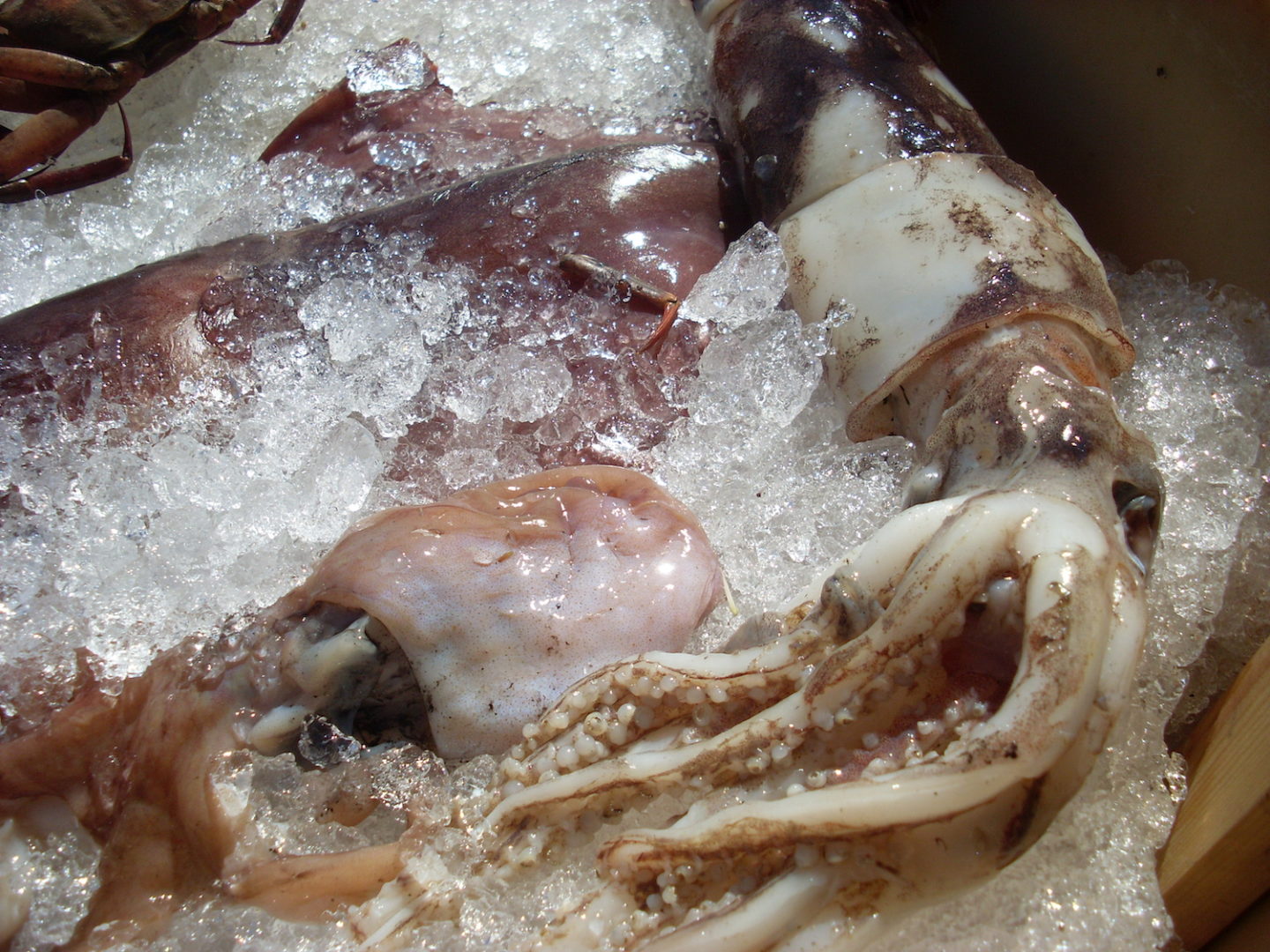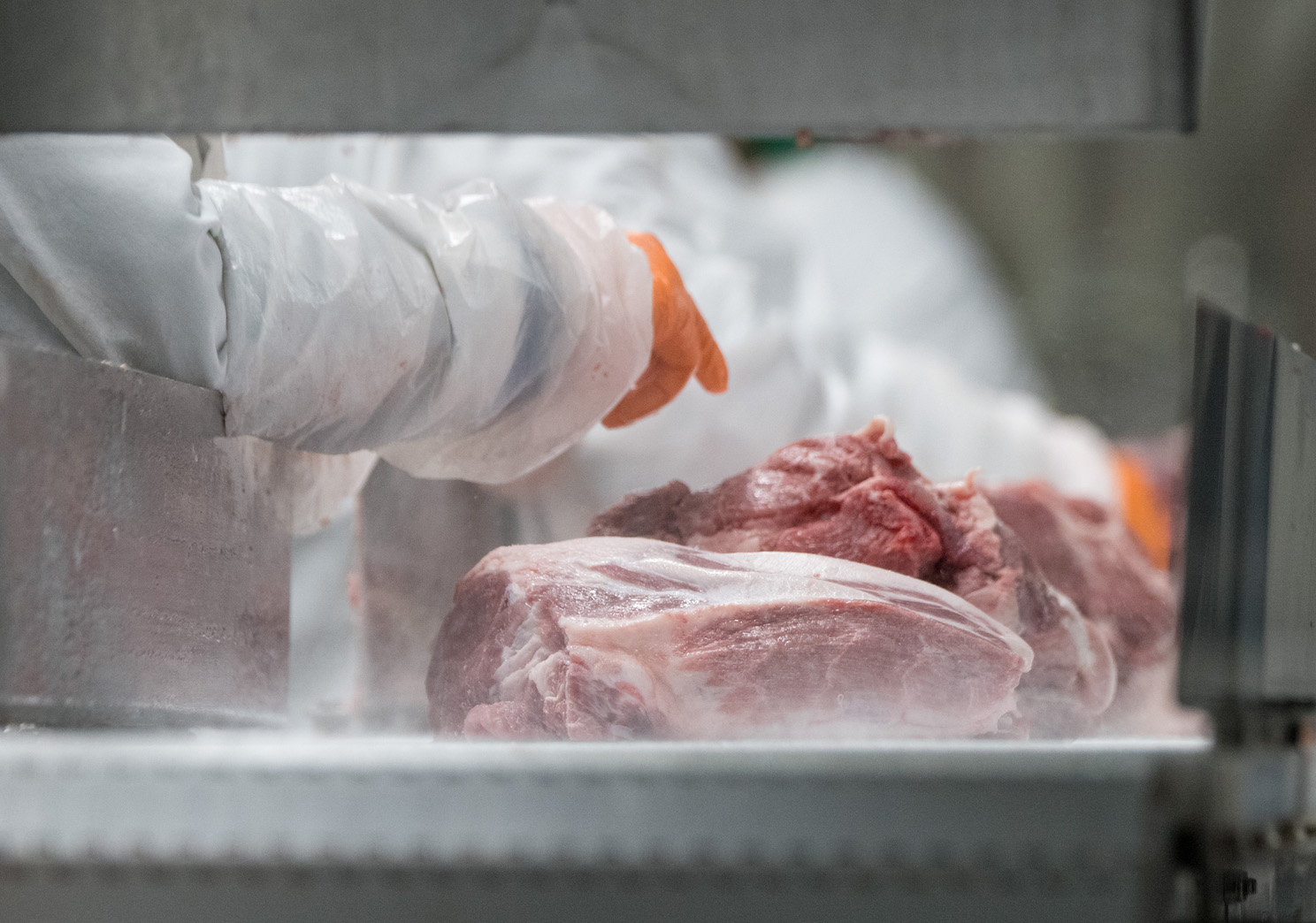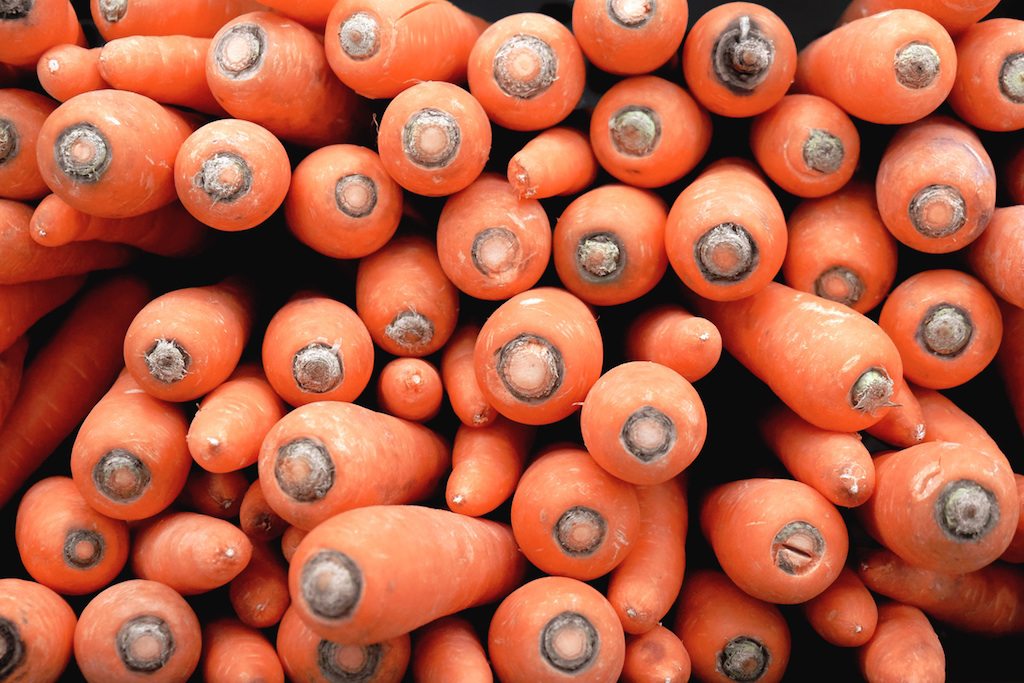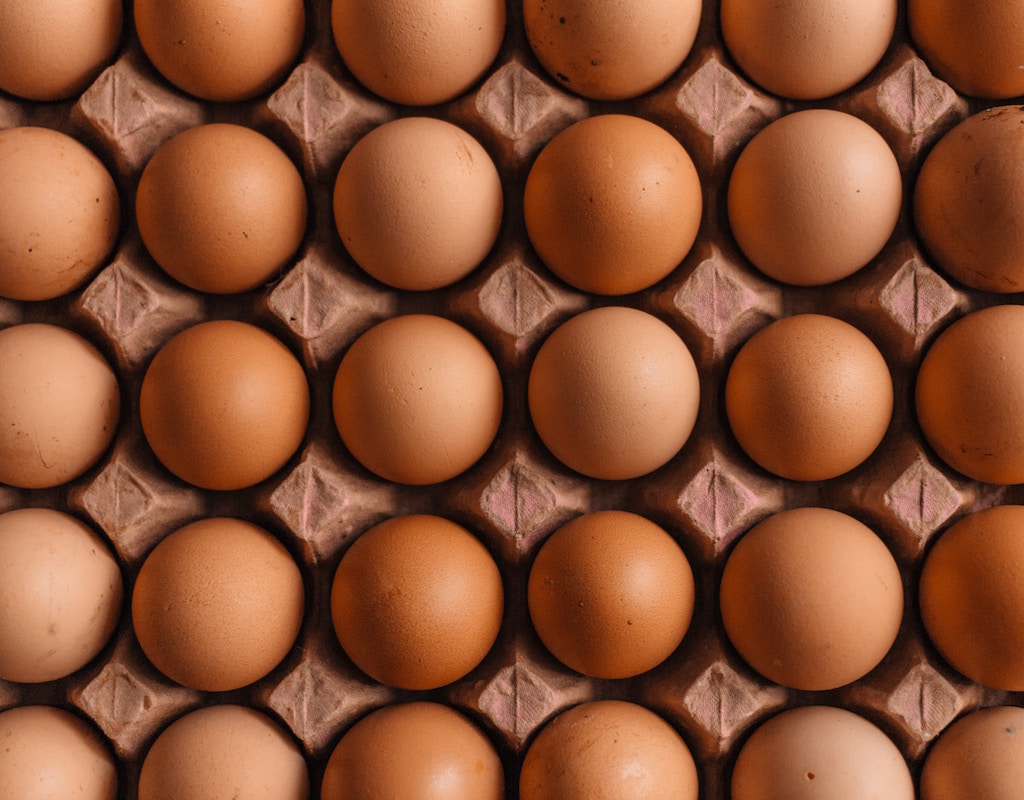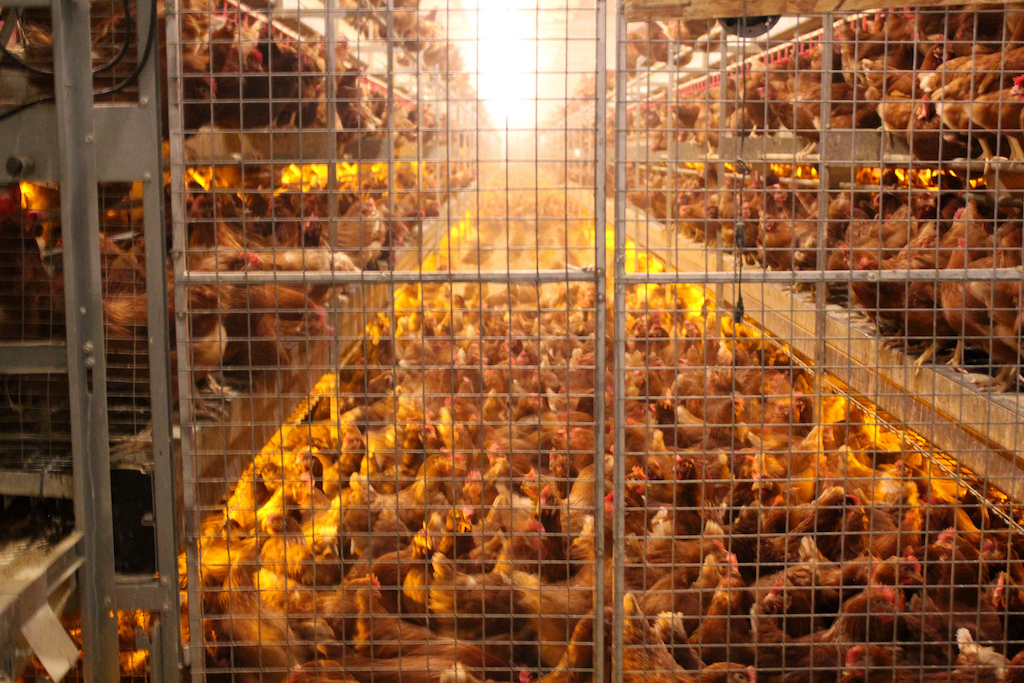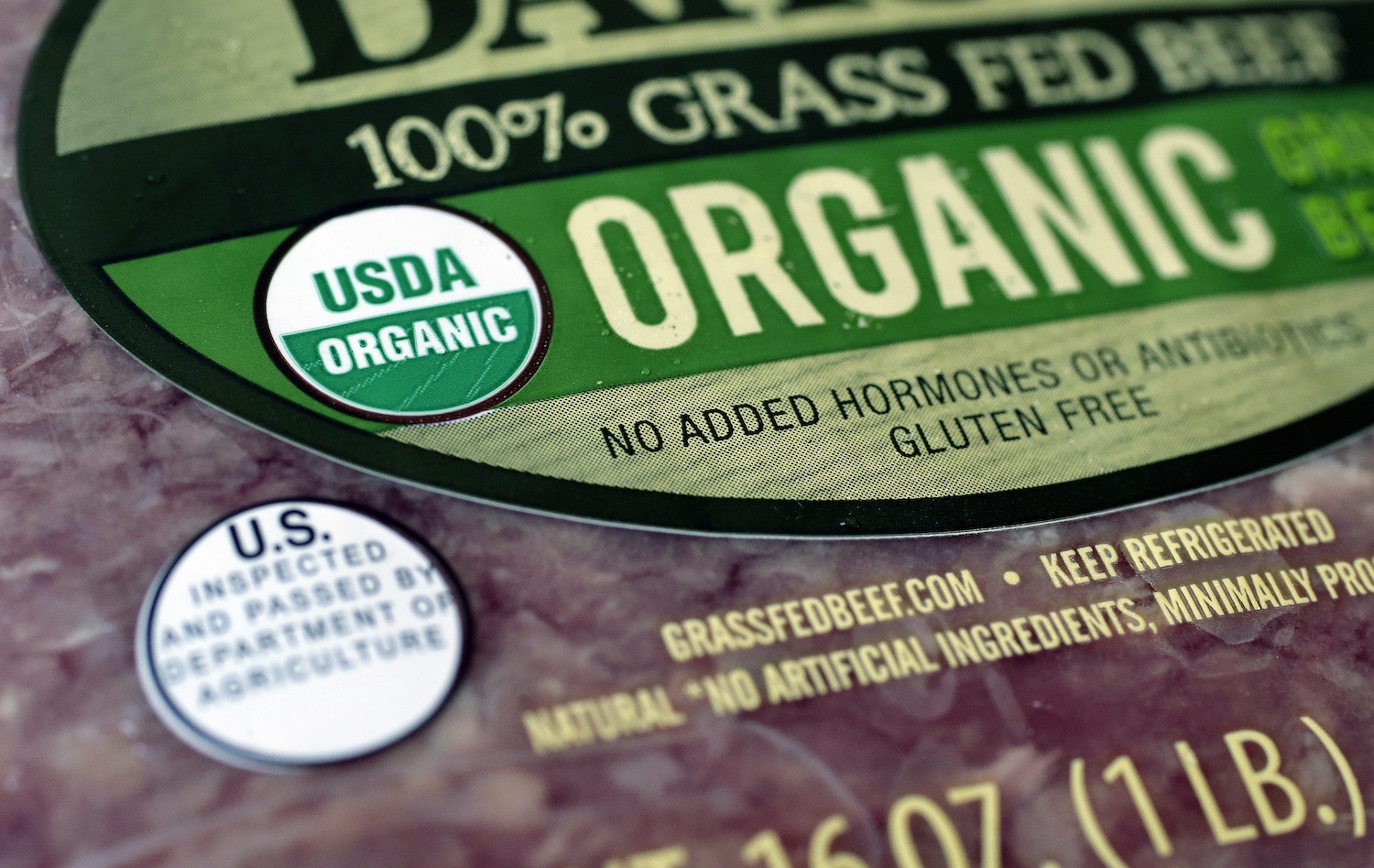
AP Photo/Steven Senne
While they stop short of pesticide-sniffing beagles at the border, agents will now be required to make surprise inspections on organic facilities.
Last August, the perpetrator of the largest known organic fraud case in history was sentenced to more than a decade in prison. Farmer Randy Constant had sold more than $142 million of non-organic animal feed to unwitting livestock growers, who then fed it to their animals (which technically stopped being organic the second the non-organic grain touched their mouths), which were then slaughtered and eaten by people who had paid extra for organic meat.
Constant never served his time; he committed suicide days after sentencing. As for all those consumers buying not-quite-organic meat? They were likely none the wiser. (There’s a considerable degree of doubt as to whether organic food tastes better or is more nutritious.) And the farmers who were fleeced by the fraudulent organic grain were still able to sell their livestock as organic, meaning they recouped the higher costs associated with organic production.
You could argue that Constant’s fraud harmed the $55 billion organic industry more than any individual farmer or class of consumers at the end of the day. A seal like certified organic—or local, or cage-free—is only worth a premium price as long as shoppers believe it means something. And in recent years, several high-profile stories have shaken trust in the integrity of organic. In 2017, for instance, the Washington Post identified millions of pounds of overseas shipments of corn and soy which were sold as “organic” but grown conventionally. The newspaper also cast doubt on the legitimacy of a major organic dairy operation.
The new guidelines update organic regulations to mandate unannounced inspections, among other things.
In response to the industry’s demands for better quality control, the United States Department of Agriculture (USDA) unveiled a new draft proposed rule aimed at stopping organic food fraud last week, meant to “protect integrity” in the supply chain and “build consumer and industry trust” in the agency’s organic label, the only official certification. The new guidelines update organic regulations to mandate unannounced inspections, implement new traceability requirements for imported products, require labeling of non-retail containers, and put in place new oversight for the certification process, among other things. The draft rules are largely supported by some of the industry’s biggest interest groups like the Organic Trade Association and the Cornucopia Institute. They are projected to cost the industry about $7.2 million per year.
[Get the latest USDA news with our twice-weekly newsletter. Click to subscribe.]
“I think more rules are very necessary. And I think that organic food fraud—that uses non-organic substitute materials and portrays them as organic foods—is an easy opportunity for food fraudsters to deceive the general public,” says Doug Moyer, PhD, a professor of public health at Michigan State University, and a researcher at the university’s Food Fraud Institute.
It’s difficult to know which organic foods are most susceptible to fraud without randomly sampling products and conducting chemical analyses. Moyer says olive oil, honey, fine wine, and seafood all tend to attract fraudsters; the Cornucopia Institute has long pointed to imported grains used for animal feed as a major pain point. In a blog post last week, the Institute noted that it had called for chemical testing protocols at U.S. borders and ports, provisions that don’t appear to have made it into the draft rule.
It’s not clear yet whether the new rule might translate to higher costs for small-scale farmers or shoppers.
Instead, the rule is more likely to prevent organic fraud through what Moyer calls a “deterrent effect.” If a granola bar maker facing a shortage of organic oats is tempted to use conventionally grown ingredients for a week, the logic goes, the threat of an unannounced inspection of her factory might nudge her away from making that decision. The new rule establishes checks like this all along the supply chain: It’ll require more people handling organic products, like brokers and importers, to obtain certification. It’ll clarify the formula the granola maker uses when calculating the exact percentage of organic ingredients in her recipe, ensuring consistency across the industry. (There are currently a few different USDA “organic” designations for products containing multiple ingredients, including 100% Organic, Organic, and “Made with Organic.”) It’ll also require organic labeling on “nonretail containers,” like sacks containing organic livestock feed, to “reduce the mishandling” of those products.
It’s not clear yet whether the new rule might translate to higher costs for small-scale farmers or shoppers. As the Organic Trade Association noted in a press release, the USDA may impose user fees and revise accreditation fees to make room for the new requirements. (OTA was not able to provide comment before this story was published.) The rule will be subject to public comment for 60 days after it’s published.

